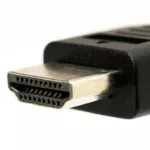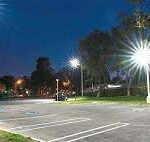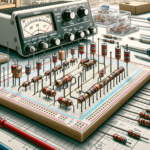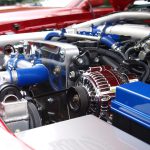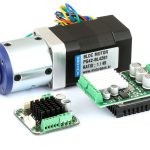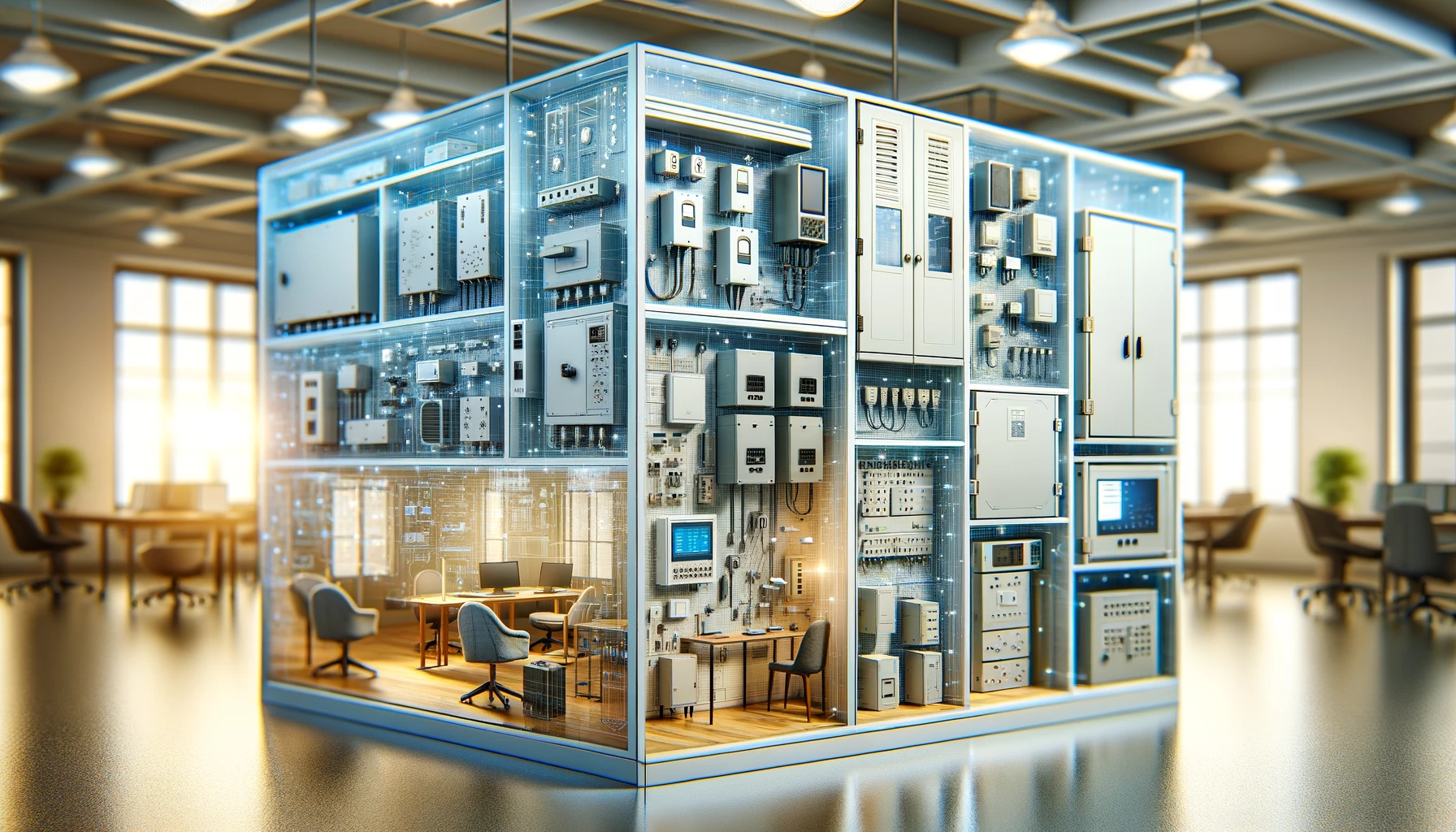
Introduction
In today’s digital world, electronics have become integral to almost every aspect of our lives. These electronics are pervasive and need to be protected from multiple environmental factors, such as moisture, dust, and temperature fluctuations. In this context, enclosures, also called boxes or cabinets, are significant in safeguarding these electronics, whether they are installed indoors or outdoors. At its core, selecting a suitable enclosure is pivotal to ensuring the longevity and functionality of the electronic devices they house. This blog post walks you through the critical considerations when choosing an electronics enclosure for both indoor and outdoor applications.
The Significance of Enclosures in Protecting Electronics
Without proper enclosures, electronic devices are vulnerable to damage from physical impacts, exposure to elements, and interference. This can lead to malfunctions, short circuits, and even complete failure of the equipment. Inadequate protection can also pose safety risks, such as electrical shocks or fires. Given their significance, it is imperative to protect these devices from environmental factors that could compromise their functionality.
Furthermore, by providing a barrier against environmental factors, these boxes help maintain the integrity and functionality of electronic components. Therefore, investing in high-quality enclosures is a proactive step towards safeguarding your electronic assets, offering user safety, minimising downtime, and ensuring the efficiency and safety of your operations.
Understanding Indoor and Outdoor Enclosures
Both indoor and outdoor enclosures are essential enclosure types designed to enclose, protect, and contain electronic or mechanical components. These containers safeguard enclosed components from environmental conditions and unauthorised access. Let’s understand what these cabinets are.
Indoor Enclosures
An indoor enclosure is a specialised container engineered to protect the housed contents (electronic equipment) from indoor elements like dust, humidity, and mechanical damage. It is commonly made from plastics, mild steel, or aluminium and protects against indoor conditions. However, indoor enclosures are typically used in office environments, manufacturing floors, or anywhere within a controlled indoor setting.
Outdoor Enclosures
An outdoor enclosure is built to withstand external harsh environmental conditions such as rain, snow, ultraviolet (UV) light, and extreme temperatures. They are often constructed from stainless steel, fiberglass, or specially treated materials with corrosion resistance and UV protection. Outdoor enclosures feature gaskets and seals to provide higher levels of protection than their indoor counterparts. Additionally, they are ideal for telecommunications, utility networks, and outdoor industrial sites where exposure to harsh conditions is common.
Most Popular Types of Electronics Enclosures
Electrical enclosures are categorised into various types based on their shapes, sizes, materials, and environments. However, each type is designed to suit different needs and preferences.
Types of Indoor Enclosures
- Plastic Enclosures – Plastic enclosures are standard due to their versatility, lightweight nature, and cost-effectiveness. They’re often used for consumer electronics, such as routers, remote controls, and small gadgets.
- Metal Enclosures – They are usually made of aluminium or steel and offer robust protection and shielding against electromagnetic interference (EMI). A metal enclosure is the best option for industrial applications, control panels, and high-end audio equipment.
- Handheld Enclosures – Also called portable enclosures, these are ergonomically designed to be held or carried for portable electronics like handheld devices, test equipment, and medical instruments.
- Desktop Enclosures – These are larger boxes that sit on a desk or tabletop. Moreover, they are commonly used for computer peripherals, audio equipment, and lab instruments.
Variants of Outdoor Enclosures
- Polycarbonate Enclosures – Polycarbonate is impact-resistant and has a high tolerance to temperature variations. Polycarbonate cabinets are known for their strength and clarity, making them suitable for protecting circuitry in both extreme cold and hot environments.
- Stainless Steel Enclosures – These containers are durable and highly corrosion and rust-resistant, making them perfect for use in environments where cleanliness and hygiene are crucial. They also provide excellent protection against mechanical impacts.
- Fiberglass Enclosures – These offer robust protection and high corrosion resistance, making them ideal for harsh environmental conditions.
- IP-Rated Enclosures – They are designed to protect electronics from dust, water, and other environmental factors. IP-rated cabinets are crucial for outdoor electronics, marine equipment, and medical devices.
Types of Enclosures Based on Multipurpose Functionality and Mounting Configuration
Apart from the above specific enclosure types, some cabinets offer multipurpose functionality and come in different mounting configurations. Multifunctional enclosures are ideal for both indoor and outdoor environments and include:
- Composite Enclosures – They combine the benefits of both metal and plastic, providing a balanced solution for various applications. A composite enclosure is often used in environments where both strength and weight are considered.
- Aluminium Enclosures – Known for their durability and corrosion resistance, aluminium enclosures are lightweight and have excellent heat dissipation properties. They are suitable for both indoor and outdoor use, particularly in environments where lightweight and rust resistance are priorities.
- Multipurpose Enclosures – These are versatile cabinets designed to accommodate a wide range of applications–from simple indoor equipment protection to rugged outdoor environments. They can be made from various materials, including plastic, metal, and fiberglass.
- Rackmount Enclosures – These boxes mount in standard equipment racks and are commonly employed in data centers, server rooms, and telecommunications infrastructure.
- Wall-Mounted Enclosures – They are designed to be mounted on walls, often used for housing control panels and wiring systems.
- DIN Rail Enclosures – A compact enclosure that easily mounts on DIN rails in industrial control systems.
- Flush-Mount Enclosures – Installed flush with a surface, used for access control systems, intercoms, and other wall-mounted devices.
Expert Tips and Considerations for Selecting the Best Indoor and Outdoor Electronics Enclosures
Selecting the right indoor and outdoor electronics enclosures involves careful consideration of several key criteria to ensure the equipment housed within is adequately protected and functional. When looking to purchase an enclosure, whether indoor or outdoor, look for the following essential factors:
- Type of Enclosure
- Determine the Environmental Conditions
- Material of the Enclosure
- Check the IP and NEMA Ratings
- Size and Form Factor
- Mounting Options
- Aesthetics and Design
- Ventilation and Cooling
- Access and Security
- Cable Management Options
- Customisation Options
- Ease of Installation
- Weather and Impact Resistance (Outdoor enclosure)
- Compliance and Certifications
- Cost and Brand
Takeaway
Selecting the proper electronics enclosure requires careful consideration of several key factors. Additionally, protecting electronic devices from environmental factors is crucial for their longevity and reliability. Whether you are dealing with indoor or outdoor installations, choosing the right enclosures can make a significant difference. By evaluating the critical criteria outlined in the article, you can ensure that your housed electronics provide the necessary protection and support for optimal performance.








